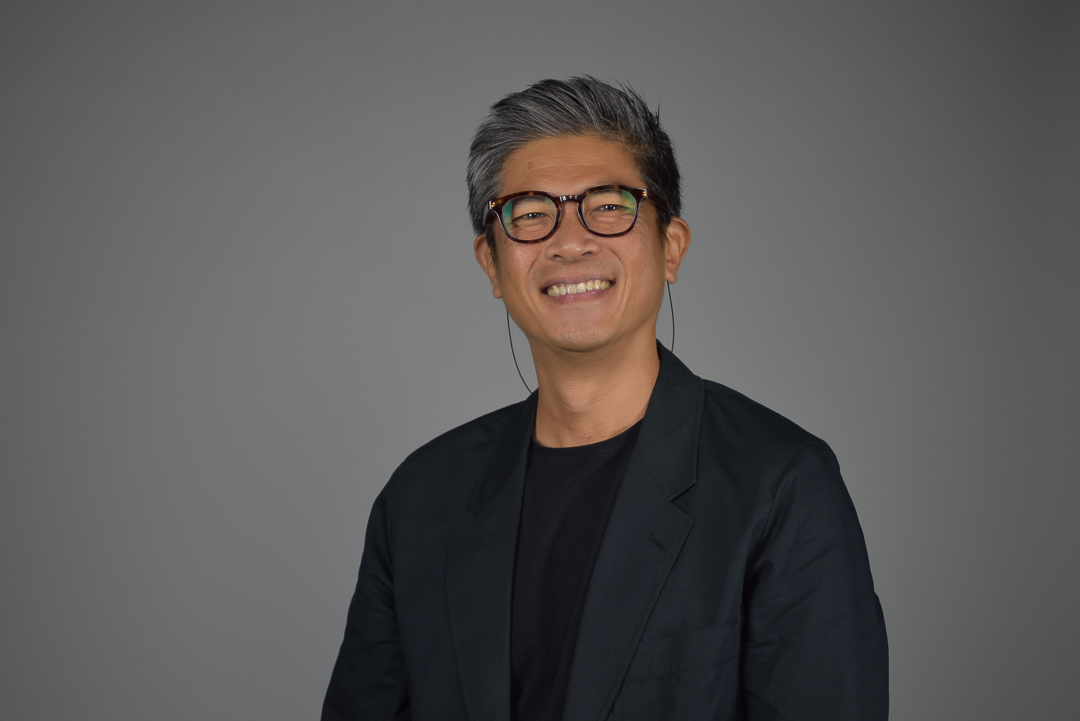The Quick Six with Ronnie Tan
By WATG Media
September 12, 2022
Ronnie Tan is an accredited Landscape Architect and the Immediate Past President of the Singapore Institute of Landscape Architects (SILA). In his role at SILA, Ronnie represented the profession at various think-tanks and committees, and was a member in the Future Economy Council (FEC) Built Environment (BE) Sector Sub-Committee chaired by the Minister for National Development. He has also chaired the Singapore Landscape Architects Accreditation Advisory Committee and was an initiator to the establishment of the Bachelor of Landscape Architecture (BLA) programme in the National University of Singapore (NUS).
As a designer, he specialises in landscape architecture, master planning, urban design and ecological design and has worked on a myriad of projects of varying scales ranging from master plans to private developments. He recently joined WATG Singapore in the capacity of Director of Landscape, and sat down with us to share some insights on his professional life to date.
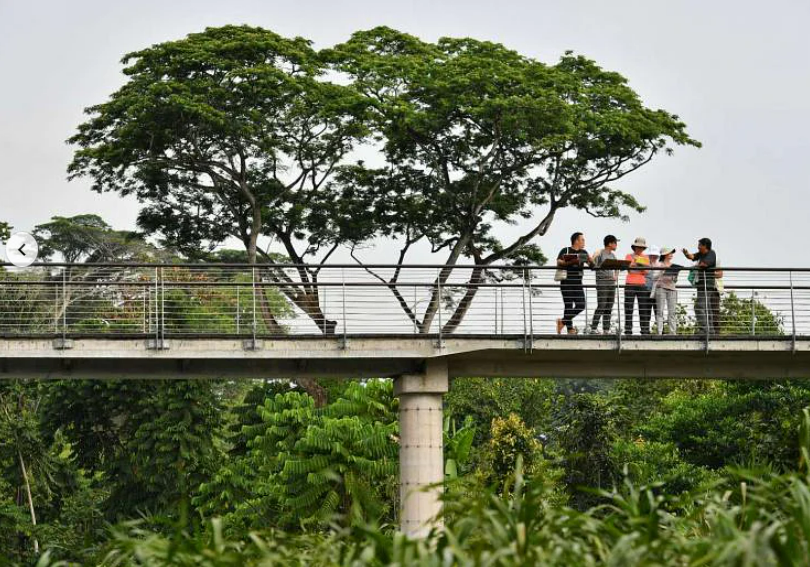
Image: Singapore Botanic Gardens Learning Forest by Lim Yaohui in the Straits Times.
What was the first design project you ever worked on?
Not the first, but one of the most memorable projects that I had worked on previously was the Singapore Botanic Gardens Learning Forest project. It is an ex-situ conservation of a tropical rainforest, constructed wetland habitat, and its accompanying visitors’ facilities. It was a challenge to design and construct, as the team was trying to push boundaries with the design and with authorities’ submissions! It was officially opened in 2017 by the Prime Minister of Singapore, has since won many awards and now forms part of the buffer for the UNESCO World Heritage Site. I still visit it regularly as it is surprisingly just 5 mins away from Singapore’s main shopping belt of Orchard Road.
What is the biggest career risk you’ve ever taken, and did it pay off?
Taking the adventure to make a career switch to landscape architecture. I was previously an outdoor educator and corporate trainer with the Outward Bound movement. The love for the outdoors and a flair for design led me to this profession, and I have never looked back since. I literally took to the saying “one cannot discover new oceans unless he has the courage to lose sight of the shore.”
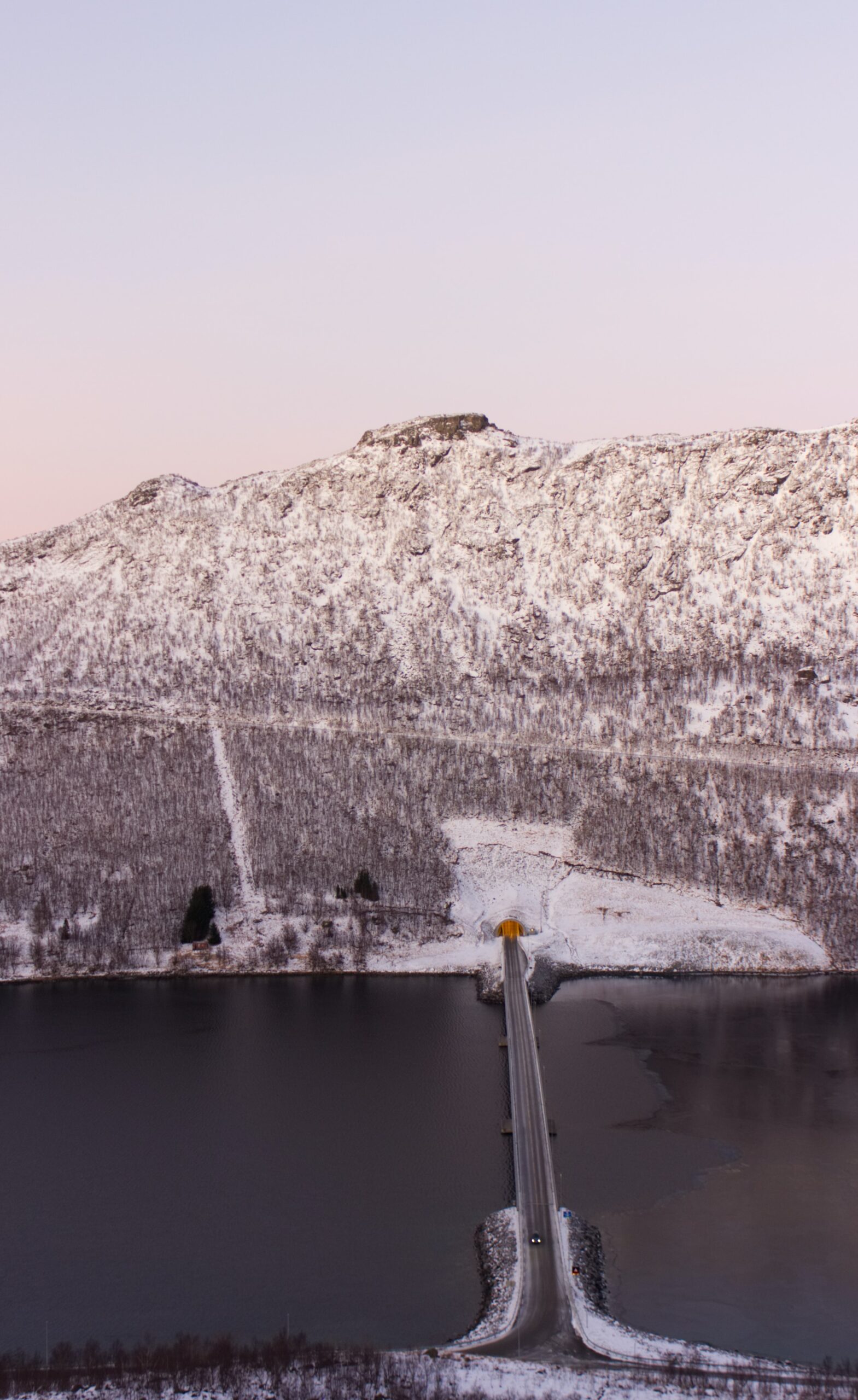
Senja, Norway, one of the destinations along the National Tourist Routes in Norway. Image: Vego Media via Unsplash.
A large part of your role in design is to shape urban and leisure destinations. What is your favourite place to visit?
Not really a destination in the traditional sense of the word, one of my favorite places or places to travel along are the National Tourist Routes in Norway. These are selected roads that run through the Norwegian landscapes with unique natural qualities, along coasts and fjords, mountains and waterfalls. Along the roads are commissioned artworks, viewpoints and rest areas with innovative architecture that are sensitively set in awe-inspiring landscapes.
What three things do you always take on a business trip?
- My mobile phone. I use the geo-location feature in it a lot to research and record data during site visits – photographs, navigation routes, reviews of a place, etc.
- My sketch pad/iPad to take notes/sketch/doodle. Or wrap oily food in (not the iPad of course).
- My Oakley shades.
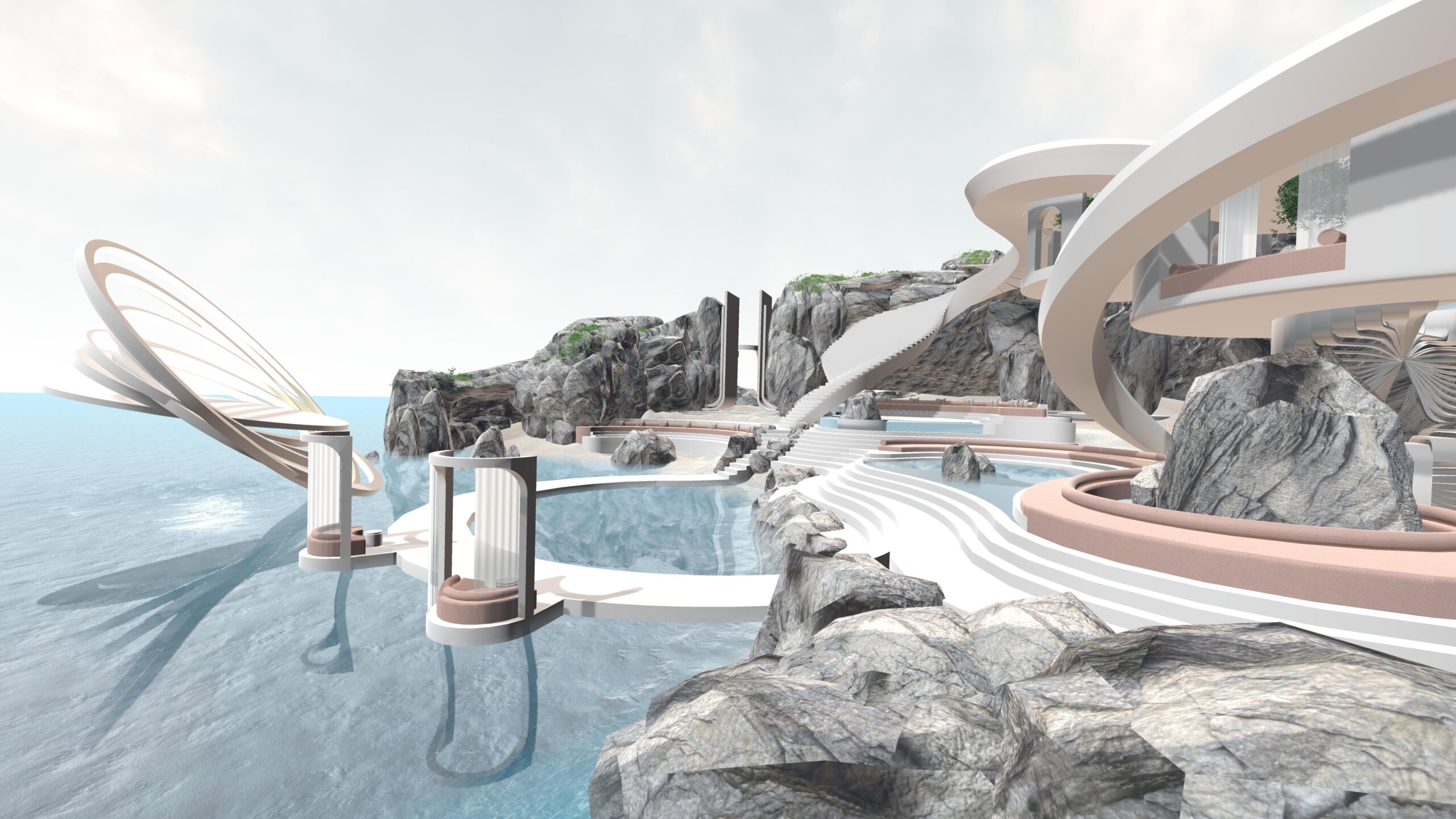
WATG Singapore’s recent metaverse design, Aeaea.
What are you curious about these days?
I am interested in the trajectory of how technologies will influence our interaction with the environment and the design of it: autonomous technology, the metaverse (which my Singapore colleagues were interviewed about recently), AI-generated art, AR-VR etc. These interests were piqued while I was reading my MArch in Urban Design at the Bartlett School of Architecture, UCL, researching on the confluence of digital technologies and mass customized cities.
Apart from imagining the above, various other frontiers, such as design using nature-based solutions, quantifying ecosystem services, performative design and regenerative design take up the rest of my bandwidth.
One piece of advice to aspiring designers?
Travel. We must get off our couch and see the world. As a designer of the environment, we need to understand the cultural and natural world, and its processes. Only then will we be able to appreciate its beauty and design for the better.
Latest Insights
Perspectives, trends, news.
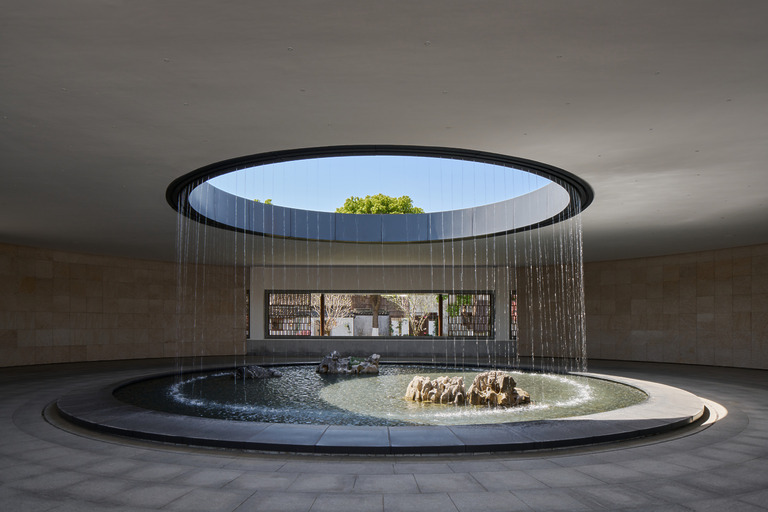
- Strategy & Research |
- Design Thinking & Innovation
Designing the Arrival Experience
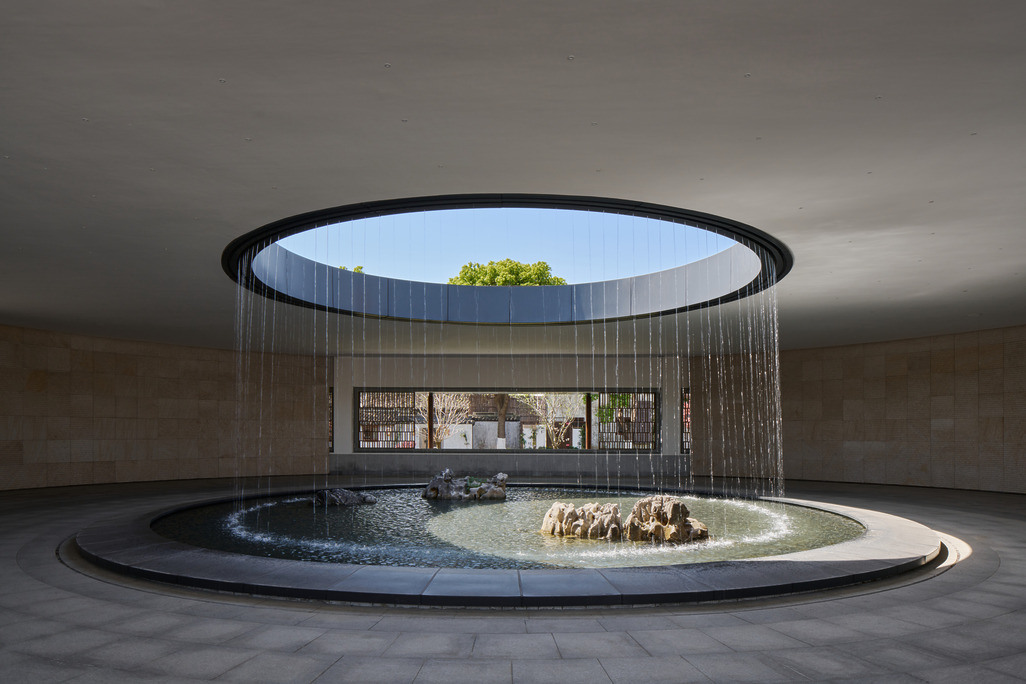
- Strategy & Research |
- Design Thinking & Innovation
Designing the Arrival Experience
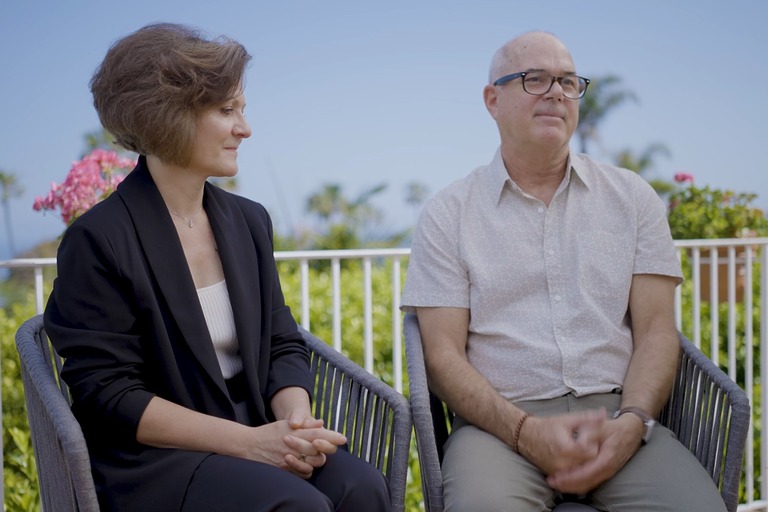
- Employee Feature |
- Inside WATG
Mentorship, Community, and Creativity: WATG’s Blueprint for the Next 80 Years
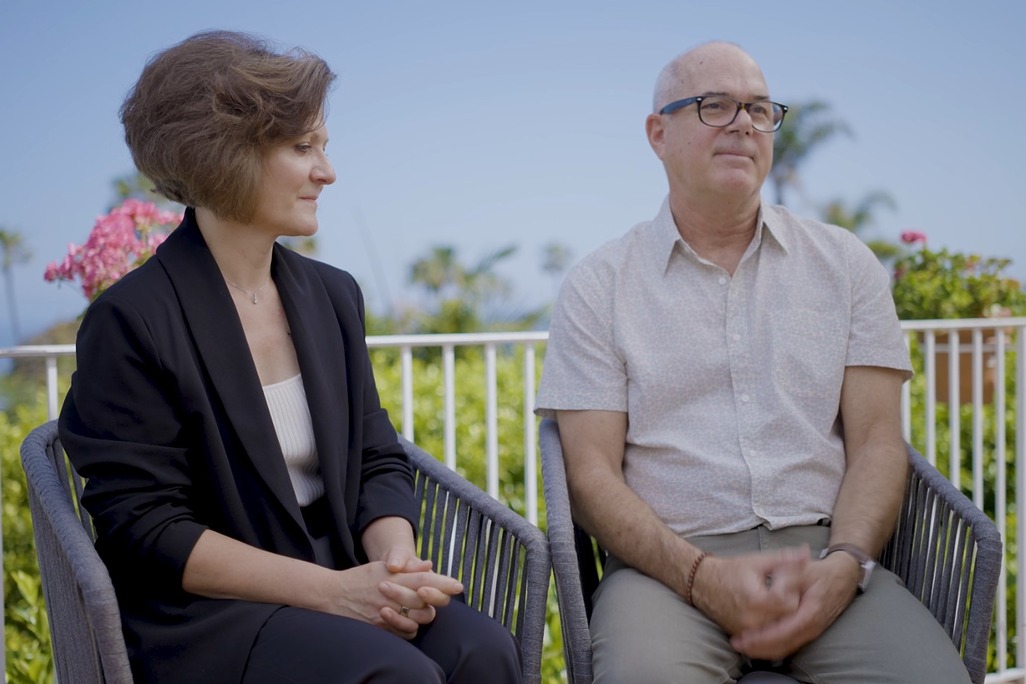
- Employee Feature |
- Inside WATG
Mentorship, Community, and Creativity: WATG’s Blueprint for the Next 80 Years
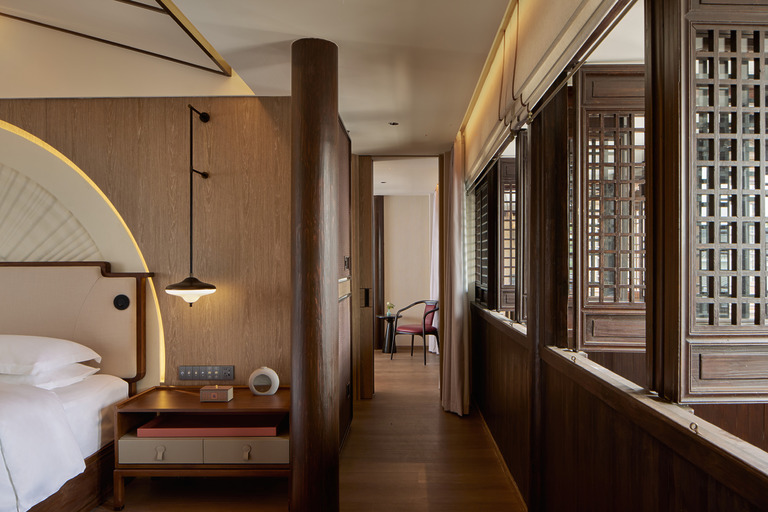
- Strategy & Research |
- Design Thinking & Innovation
Hotel Wuxi MGallery Collection: Part of a Story
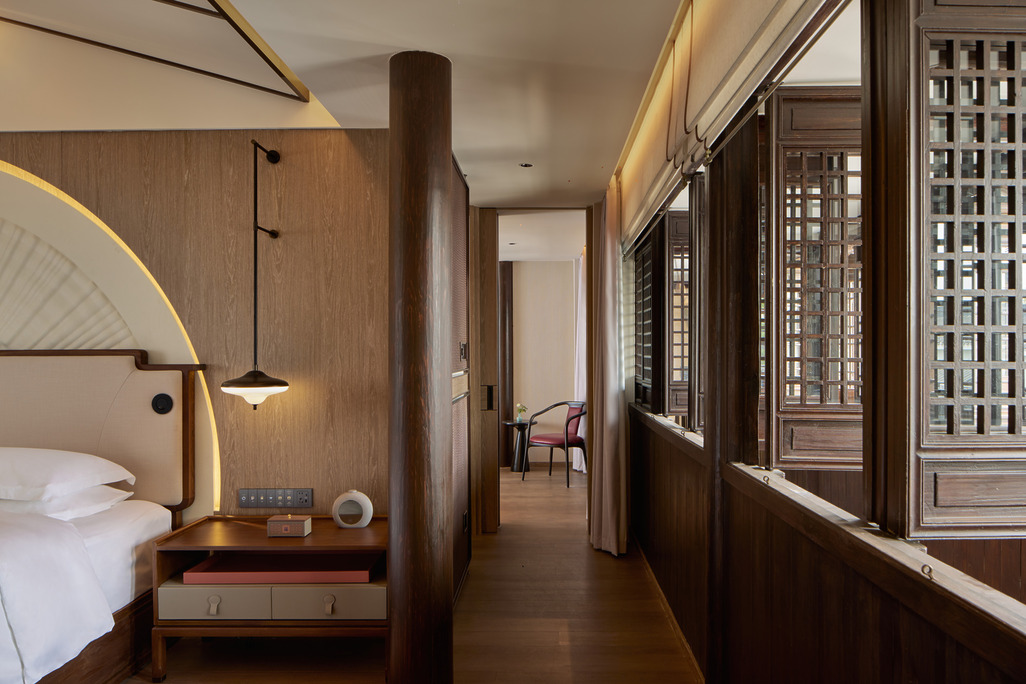
- Strategy & Research |
- Design Thinking & Innovation
Hotel Wuxi MGallery Collection: Part of a Story
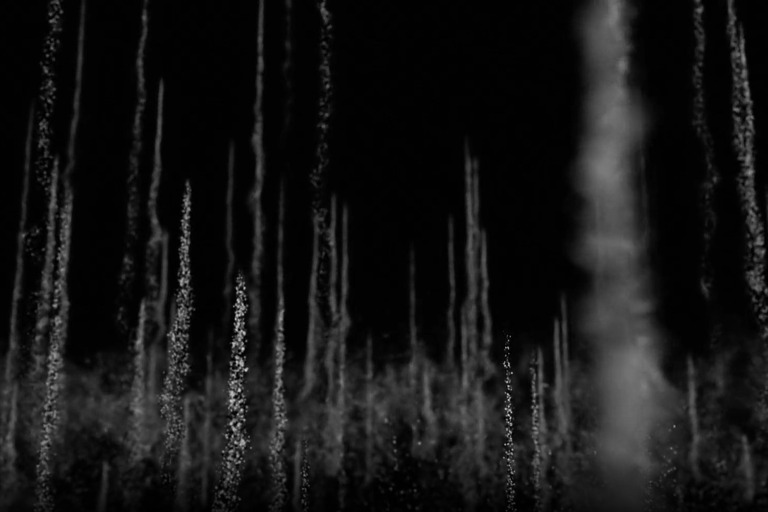
- News
Behind The Scenes: ‘We Create Moments’
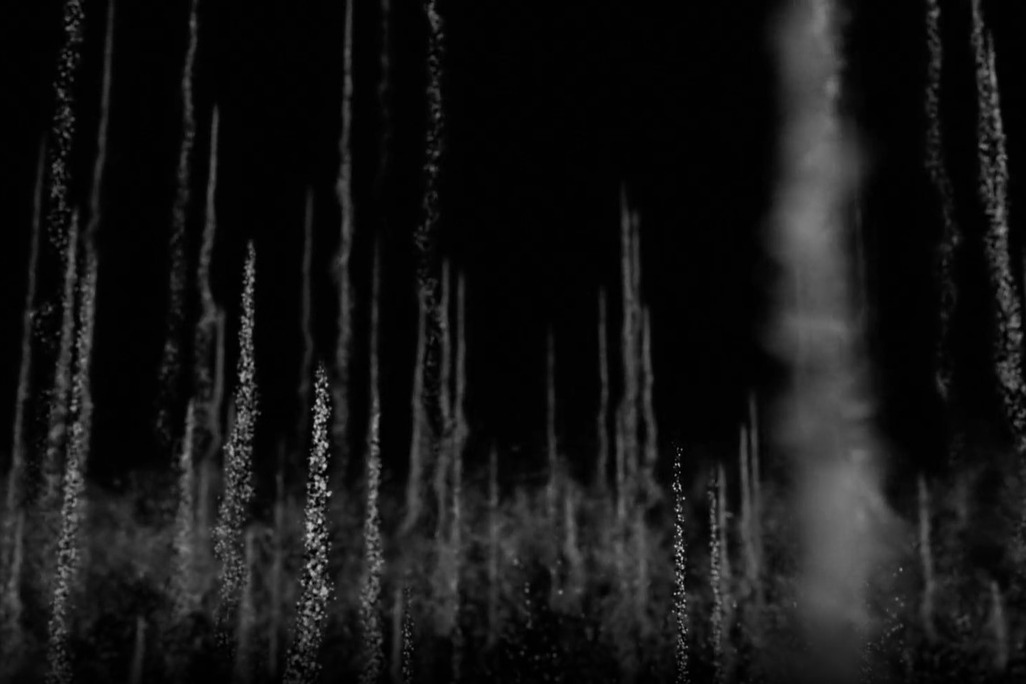
- News
